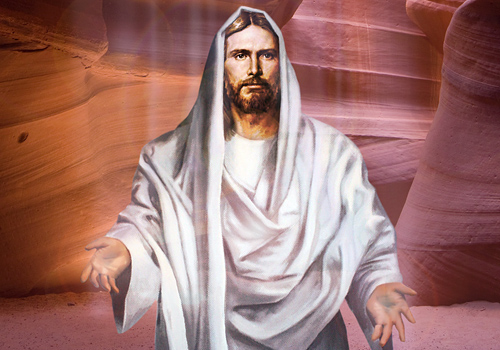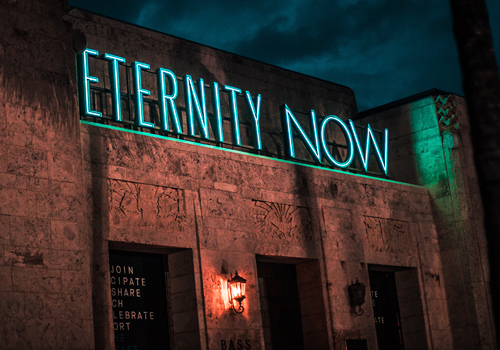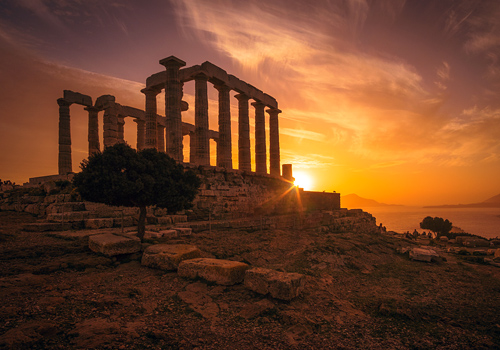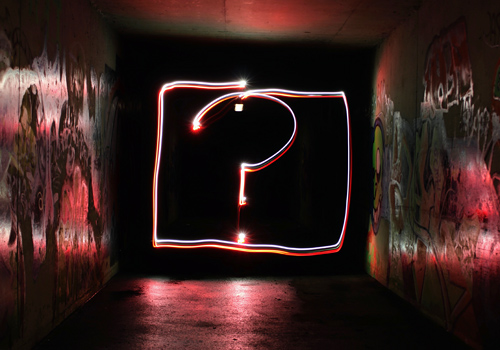A Bird's Eye View of the Bible
This page gives a quick overview of the Holy Bible. It's a new page and still undergoing completion and improvement.
The Bible on Christ.net.au
There are currently nine versions of the Bible on Christ.net.au, seven of them in English, plus the Hebrew Old Testament (Tanakh) and the Greek New Testament.
There's also parallel English plus original language versions, which show the most recent English translation you selected plus either the Hebrew or the Greek original text, depending on whether you're looking at the Old Testament (which was originally written in Hebrew) or the New Testament (which was originally written in Koine Greek).
These are all the public domain versions I could find. (Although I also found a Latin Bible, called the Vulgate, I'll put that on sometime also when I get around to it). I've also found Greek and Hebrew dictionaries which will go on the website (probably sometime this summer), along with word definition quizzes to help learn the vocabulary.
The Bible on this site defaults to the World English Bible translation, which is the most modern public domain translation I know of. Your web broswer will remember the last translation you select, unless you click on one of the links which picks a specific translation — most of the links under the quoted Bible verses select the translation that the quote is from.
The random Bible verses that appear at the side of the page (or towards the bottom of the page on narrow screens) use whichever translation has last been selected. After a while (I'm not sure how long exactly) of not using the site, your browser will time out the session and forget which translation was last used, and go back to the World English Bible.
The font used on the Hebrew Bible is the SBL Hebrew Font, which is the nicest one I've found so far.
About the Bible
The Bible is usually bound as one single physical book, however it contains many individual parts which are called "books", because way back in the old days, before the printing press, most of these books were bound individually as separate documents.
The Christian Bible used by most Protestants is divided into two main sections, called the Old Testament and the New Testament. Some Bibles, including those used by most Catholics, have a third section, called the Apocrypha (by Protestants) or the Deuterocanonical Books (by Catholics).
The New Testament
The New Testament contains all the books that were written during, or after, the time of Jesus' physical life on Earth. It's the only part of the Bible that's specific to Christianity (which is why I've listed it first here, even though it was written last, and is found at the end of the Bible).
It begins with four books known as "gospels" — Matthew, Mark, Luke and John. The gospels were written between AD 70 and 100, and are our main source of information on the life of Jesus. Each of them tells the story of Jesus' life, crucifixion, and ressurection.
After the gospels comes the Acts of the Apostles, otherwise known as the book of Acts, or just Acts. It was written by the Apostle Luke, who also wrote the gospel of Luke. Acts tells the story of the early Christian church.
Next come the letters — which are sometimes called "epistles", a word based on the original Greek word for letter, ἐπιστολή. Even if you don't know any Greek, you may recognise the second letter of this word, π or "pi" from maths at school. In Greek it makes the "p" sound. There are 21 letters, and they make up the entire rest of the New Testament, apart from the last book. The first 13 were written by the Apostle Paul, and appear in the Bible in roughly descending order of length (i.e. the longest letters first, and the shortest letters last). The last eight were written by other people, and also appear in descending order of how long they are.
The last book of the New Testament is called the Revelation to John, or just Revelation. It was written by the Apostle John, who also wrote the gospel of John, and three of the letters. Revelation is a lot different to the other New Testament books, it's less of a story or letter, and more poetic and abstract. It's more like parts of the Old Testament prophetic books, for example, some of the book of Daniel.
The Old Testament
The Old Testament is physically much older than the New Testament. It's also used by Jews (following the religion of Judaism). (I'll look into this further but I think Muslims believe in the first five books of the Old Testament, plus the Psalms, plus the Gospels from the New Testament.)
The first five books of the Old Testament are known as the Books of Moses, the Books of the Law, or the Pentateuch (pronounced PENT-ah-tuke).
Next come the History Books, which tell the history of the Jewish people between when they enter the promised land and about the year 440-400 BC.
The next five books are known as the Wisdom Books.
Then come the Prophetic Books. These are in two parts, the Major Prophets (the first five books), and the Minor Prophets (the next 12 books). The Major Prophets are called "major" because their books are longer, and their content is mostly broader in application than the minor prophets, which are mostly more specific to certain situations. The Minor Prophets are sometimes called the Book of the Twelve, and makes up a single book (instead of 12 books) in Jewish Bibles.
The Apocrypha / Deuterocanonical Books
These books mostly span the time between the Old and New Testaments. The officially accepted set of books that are regarded as divinely inspired are called the "canon". The term "Deuterocanonical", as used by Catholics for these books, means "second canon" and is meant to imply these books are of a secondary importance. The term "Apocrypha" means "hidden" and is used by Protestants, who mostly reject these books altogether.
The main argument for accepting them is that Early Christians read the Greek translation of the Old Testament, called the Septuagint. It included the seven deuterocanonical books.
The main argument for rejecting them is that they are not part of the Jewish canon, which is the same as the Protestant Old testament (but with many of the books presented in a different order).
What Did the Bible Look Like Originally?
You can view the New Testament volume of the Codex Alexandrinus online at the British Library. It's one of the three oldest known copies of the Bible, in Greek.
Here you can view a copy of an old Hebrew Bible (Old Testament) at the University of Cambridge online.
See also: The Holy Bible, How to Read the Bible, The 66 Books of the Bible
Cover image by Foundry.








